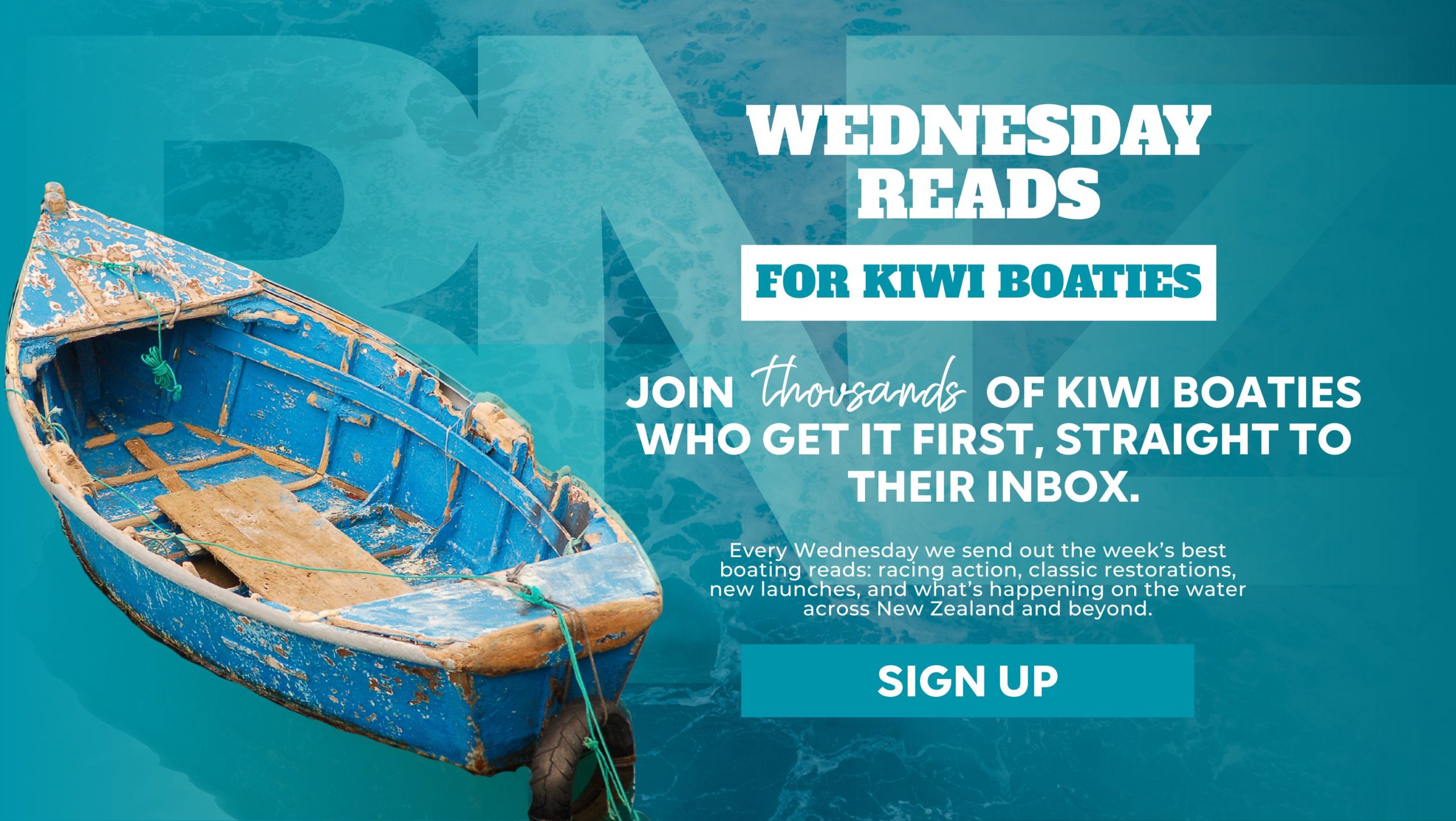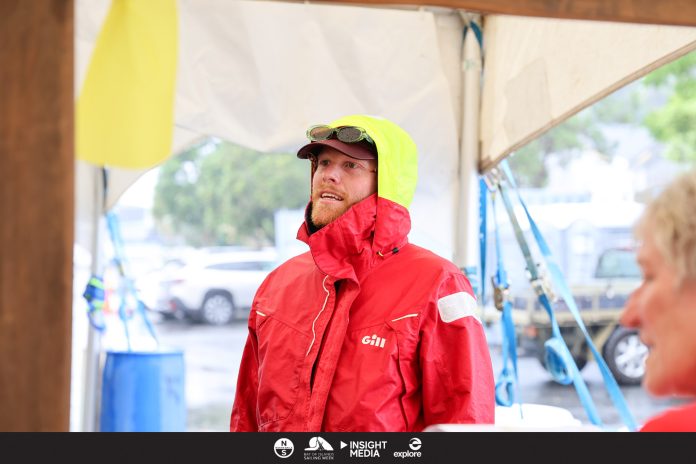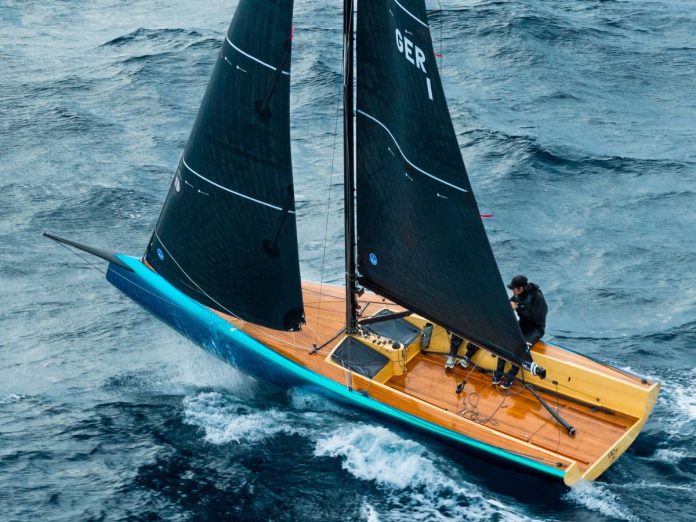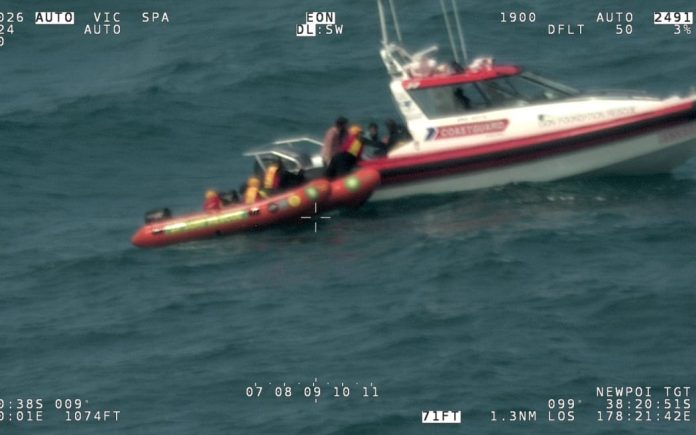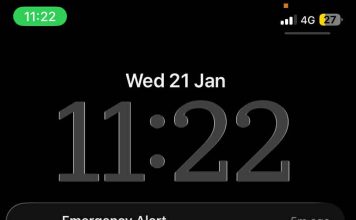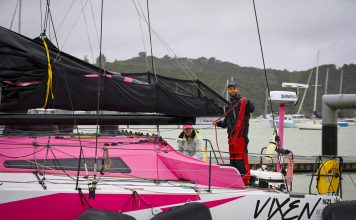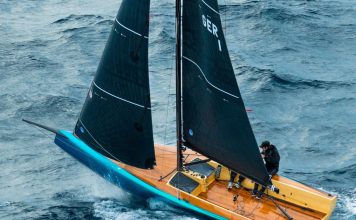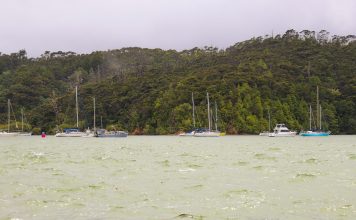Over two hundred years ago, yachting was a brand-new amateur sport of the moneyed classes in England, Scotland and Ireland. It got its name from the Dutch jacht, meaning ‘hunt’, a fast sailing craft used to hunt pirates on the coastal and inland waters of the Netherlands. Yachting gathered momentum, swept the English-speaking world, and soon caught on in North America, the outposts of the British Empire and Western Europe.

Like the sports of golf, soccer, rugby, skin-diving, surfing and skateboarding in the future, it was fresh and exciting. While yachting was largely Establishment, and followed the money and the clubbiness, there soon arose a lunatic fringe which insisted on indulging themselves in small, cheap boats and on having a good time on the water. These folk sailed the minimalist Rob Roy canoes, the Irish water wags and the rapid centre-boarders of the Great Lakes and the eastern seaboard of the United States.


J. Beavor-Webb in 1884, the fifth challenger for the America’s Cup

The rise and fall of the various rules regarding yacht design and ‘rating’ is complex. What follows can only be a summary, touching on the major changes of rules that came into force in the two main centres of yachting, Great Britain and The United States, which became important because of the first international competition, the high-profile America’s Cup contests between yachts from the two countries. These rules were never quite in lockstep with one another across the Atlantic. From 1875 the Yacht Racing Association (YRA) in Great Britain ensured a high degree of compliance but the various US yacht clubs had poor interactions.


Many yachties with an interest in the origins of New Zealand’s international yachting success have an idea that there were differing rules for ‘rating’, and therefore providing a means for matching performance and then handicapping, yachts in those days. Inevitably these rules fed back into design and construction. In fact, there was a succession of rules which progressively affected the design of yachts and made them change their hull shape and rig quite radically.
In New Zealand, almost from the start of European colonisation, two strains sprang up side by side, given impetus by the very early Annual Regattas and yacht clubs in most of the main ports. In Auckland, the publicans of Freeman’s Bay sponsored racing in the now long-since forgotten ‘Open Sailing Boats’, highly regulated but exciting classes of small boats that were the training ground of yachtsmen from the 1860s to the 1890s, a function later the province of the ‘mullet boat’ in Auckland.
 In Auckland, what growth there had been in recreational yachting was halted by the Land Wars of the 1860s, followed by the Long Depression of the 1880s. By 1890 the Depression was losing its grip. The improving economic conditions, producing more discretionary spending and more leisure, made the sport of yachting take off again.
In Auckland, what growth there had been in recreational yachting was halted by the Land Wars of the 1860s, followed by the Long Depression of the 1880s. By 1890 the Depression was losing its grip. The improving economic conditions, producing more discretionary spending and more leisure, made the sport of yachting take off again.
During this time there had also been a liberation movement going on overseas to rid yachting of an albatross around its neck in the form of the archaic Royal Thames Yacht Club Measurement Rules. From the start of the sport, these rules (in various similar forms) had been applied to yachts to rate them by ‘tonnage’ in both Great Britain and the US. They were based on the way commercial vessels were measured for revenue purposes, by internal volume, with no regard to the real displacement in tons.
These ‘Thames’ or ‘Tonnage’ rules also penalised beam heavily, while no account at all was taken of sail area. Yacht designers of the early period soon discovered that ballast could be taken from inside the hull and placed on the outside of the keel. Then the beam could be drastically reduced, relying on the long ballast moment for stiffness rather than on beam. In Great Britain, this reduction in beam, together with uncontrolled sail area, gave birth to the celebrated ‘plank on edge’ cutters or ‘lead-mines’ in the period up to the late 1880s. The designers produced over-canvassed, deep-hulled, slack-bilged yachts, with huge beam/length ratios, that were inherently unwholesome and, especially in the shorter lengths, could become dangerous in any kind of heavy sea.
A minor YRA modification to the Thames Rule called the ‘1730 Rule’ (from the divisor 1730 in the rule) came into force in 1881. The new rule brought beam weakly into the equation and still expressed the rating in ‘tons’. In 1886 the English designer W.E. Paton designed the extreme cutter Oona to this ‘1730 Rule’, to rate at five tons. With a waterline length of 34 feet, Oona had a beam of five feet six inches and a draft of eight feet. Of her total displacement of 12.5 tons her outside lead keel weighed 9.6 tons. Her restricted accommodation below meant she had little value except for rule-beating. She was driven ashore near Dublin on her delivery voyage to Belfast from Southampton, where she was built, drowning her owner, her designer, an experienced professional skipper and two paid hands. This tragedy, more than anything else, persuaded yachtsmen the world over that the ‘planks on edge’ were a dangerous dead end.
However, back in 1871, the influential English yachting writer Dixon Kemp had proposed a rating rule that took into account only two factors: load waterline and sail area. The new rule was simply expressed;
Length x Sail Area = Rating (expressed in tons) 7000.

The YRA was not yet prepared to take such a bold step which would have outmoded the English style of plumb-bowed plank-on-edge cutters. Dixon Kemp’s seed took hold in 1883 when his proposal was adopted by the YRA with a divisor of 6000 as “an alternative rule”. In the US the Seawanhaka Corinthian Yacht Club of Long Island NY had already adopted the rule with Kemp’s divisor of 7000. The common sense of the ‘Length and Sail Area Rule’, tweaked a little, gradually swept the world and was universally adopted by 1887. The America’s Cup races of 1886-7 were the last under the 1730 Rule.
Yachts were soon built to ‘rate’ in various categories under the new rule. The 30-35 footers were designed to rate at 2½ tons, the 40-45 footers at 5 tons, and so on. Since beam was not penalised as before, much more wholesome craft were built to the rule, much better able to stand up to their regulated rig, and to provide decent accommodation aboard for a change. This ‘rater’ approach took hold firmly in the US and Britain and filtered through to the sport here by means of magazines, the works of writers like Dixon Kemp, and from the experience of yachtsmen who had travelled overseas or recently immigrated.
Fortunately, isolation, common sense and the need for cruising comfort ensured that there had been few New Zealand examples of the plank on edge, save for a couple of imported yachts, but just the same, the overseas style or fashion of keel yacht had inevitably affected the local perception of what was
a ‘proper yacht’ and did result in undesirably large beam/length ratios being used for a time. Robert Logan’s Akarana of 1888 was a case in point as she was built for a competition in the Melbourne Centenary Regatta where the 1730 rules were still in force. Paradoxically, those rules were in the process of change while she was being built and she was outmoded when she arrived to race in Melbourne.

Mercifully for the readers of Boating NZ, I have simplified this subject of rating rules. In fact, there were many rules adopted in waves in various places throughout the world. As stated above, the Length and Sail Area Rule was partially adopted in England in 1883, although it took the Oona tragedy to get the Brits really interested, and shortly after in Australia (with variations), hence the problems encountered by Akarana. New Zealand finally adopted a modified form of the Length and Sail Area Rule in 1890, known as the ‘Auckland Yacht Club’ or ‘Waymouth’ Rule, named after John Waymouth Sr, a prominent local yachtsman, designer and AYC member.
So by 1890, the stage was set in New Zealand for the blossoming of yachting with a type of yacht, the ‘rater’, that was not only an acceptable racer/cruiser by any standards in any yachting environment, a wholesome, sea-kindly yacht, but was also now part of the mainstream of yachting in the places where it counted most in the world – the Clyde, the south of England and New England in the US. It meant that we could build yachts that could race as ‘raters’ under uniform rules, anywhere. Overseas, no yacht of the new breed made as much of an impact as the sublime Gloriana from the design and yard of Nathaniel Herreshoff in 1891.










